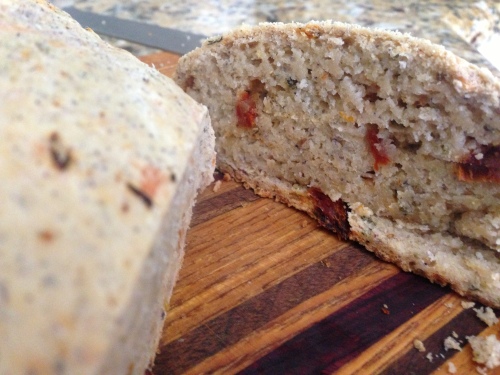Americans are off microwave popcorn. At least that is the gist of a story in the Los Angeles Times yesterday that left me shaking my head. No, we are not embracing simpler, healthier ways of popping corn. We are buying already popped and bagged corn. It seems microwaves, air poppers and stove top approaches to popping our kernels are fraught with risks.
The few comments on the story are insightful.
wdwpixie writes: “How about the fact that there’s been health issues associated with the microwave popcorn? Every time I make a bag here at work I have to hear about it from a pharmacy associate….it’s not a lazy factor, it’s a possible health risk, plus the pre-popped can be put in a lunch bag or taken on the road as a snack.”
And, Xalm1983 says she’d “rather buy ready-made popcorn because it just tastes better and doesn’t stink up the apartment if burned.”
justdoit1 seems to prefer the limitless bounty of flavours that manufacturers add to pre-popped corn. S/he argues that “The already made comes in various flavors, which is hard to do at home without opening up 10 different packages. most (sic) people buy it because it’s cheaper in bulk than buying 10 different flavored popcorns.”
The thought that popping corn is easy and very inexpensive seems not too have occurred to these commenters. And I think I understand way. They’d rather pay for the convenience (and the waste that comes with it) than take that extra step in their own homes. I mean, is it really easier to buy pre-popped corn with additives to preserve freshness and flavour than air pop some kernels and top them with salt, olive oil and grated cheese?
We consume rather than create. And this focus on consumption that “saves us time” is helping us avoid the larger issues surrounding food waste, hunger, and obesity. And it couldn’t be more disappointing.
On 20 May, Jean-Francois and I “Got Wasted” with a remarkable group of people (both in the audience and on the Panel) and talked about the problem of food waste and hunger in Los Angeles. It was a motivating event that generated a lot of talk on Twitter. You can link to the audio recording of that discussion and Twitter feed below:
- Audio: http://www.scpr.org/events/2013/05/20/getting-wasted-las-food-excess/
- Twitter Feed: https://twitter.com/search?q=%23foodwaste&src=typd
(BTW, we’ve moved, unpacked, found computers and plugs, and calmed our cats. And, I have finally found my rhythm in the new place…so I hope to post more regularly.)























